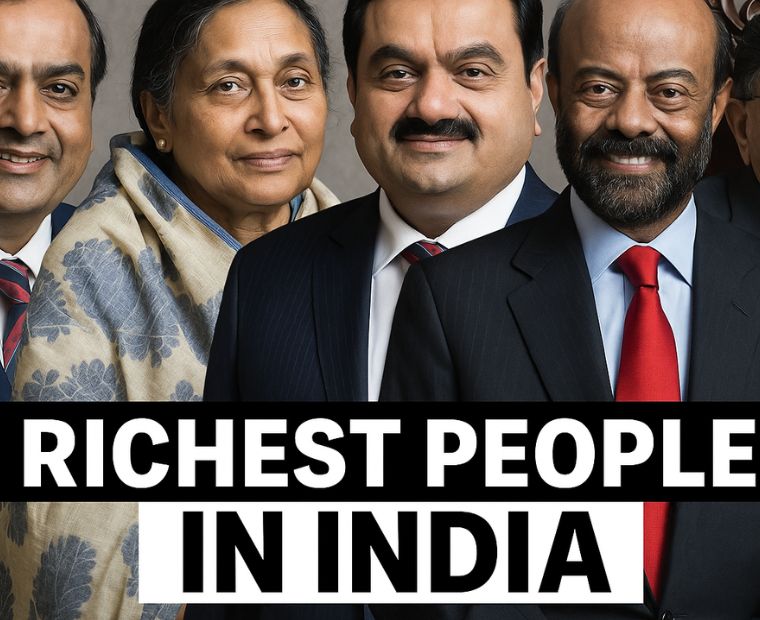
Table of Contents
Modified On:
Who’s ahead—Jio or Airtel? Uncover the latest insights on revenue, user base, network strength, and branding in this detailed comparison.
Reliance Jio
Launched in 2016 by Reliance Industries, led by Mukesh Ambani, to disrupt the Indian telecom industry, which was earlier being dominated by traditional and sophisticated Indian telecom operators.
Jio made a dramatic debut by providing free voice and unlimited data with Jio Phones at incredibly low prices.
With cheaper prices, it disrupted the market by having the largest market share in the industry.
Airtel
Founded by Bharti Enterprises, led by Sunil Mittal, in 1995, it is one of the oldest and most reliable networks in the Indian telecom industry.
Airtel has built a reputation for network quality, reliability, and innovation. Over the years, Airtel has grown into a global telecom force, with operations across 18 countries in Asia and Africa.
The introduction of Jio has impacted Airtel’s market share, but Airtel’s counterattack is also commendable.
A Look at the Indian Telecom Industry
The Indian telecom industry serves as a backbone of our global communication, offering voice calls, data, and internet services through advanced networks like 5G, fiber optics, and satellite technologies.
With the increase of smartphones and rising internet demand, this sector is growth-driven for the future.
The Indian telecom industry is projected to be valued at USD 53 billion in 2025, with a target of USD 75 billion by 2030, reflecting a compound annual growth rate (CAGR) of 9.4% from 2024 to 2030.
It is predicted to have 920 million unique mobile subscribers by 2025, including 88 million 5G connections.
Brand Analysis
Jio's focus is on building an ecosystem that aims to bundle content, commerce, finance, and fiber internet.
On the other hand, Airtel's focus is on doubling down on high-value customers, enterprise solutions, and fintech infrastructure (especially in Africa and rural India). The battle of brands needs to be watched out for.
Financial Snapshots
Save money in digital gold and build your wealth on the Jar app.
SWOT Analysis
Jio

Airtel

Brand Teardown
Comparison of Business Models
Bottom Line
In short, Jio emerged as a market disruptor when launched with an aim to penetrate the mass market with cheap and aggressive pricing models and the development of an ecosystem with it.
On the other hand, Airtel has been a giant for ages in the Indian telecom market and for decades has quite impressively handled Jio’s strategy.
This is a classic case of differentiated positioning in a maturing duopoly, where value creation is shifting from subscriber acquisition to ecosystem control and service bundling.
Both companies have their loyal user bases, but the increasing use of high-speed data is changing the competitive landscape. The telecom market will be in the limelight over the years.

Save Money in Digital Gold

.svg)








.png)
.png)











.jpg)


